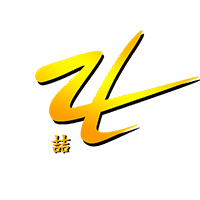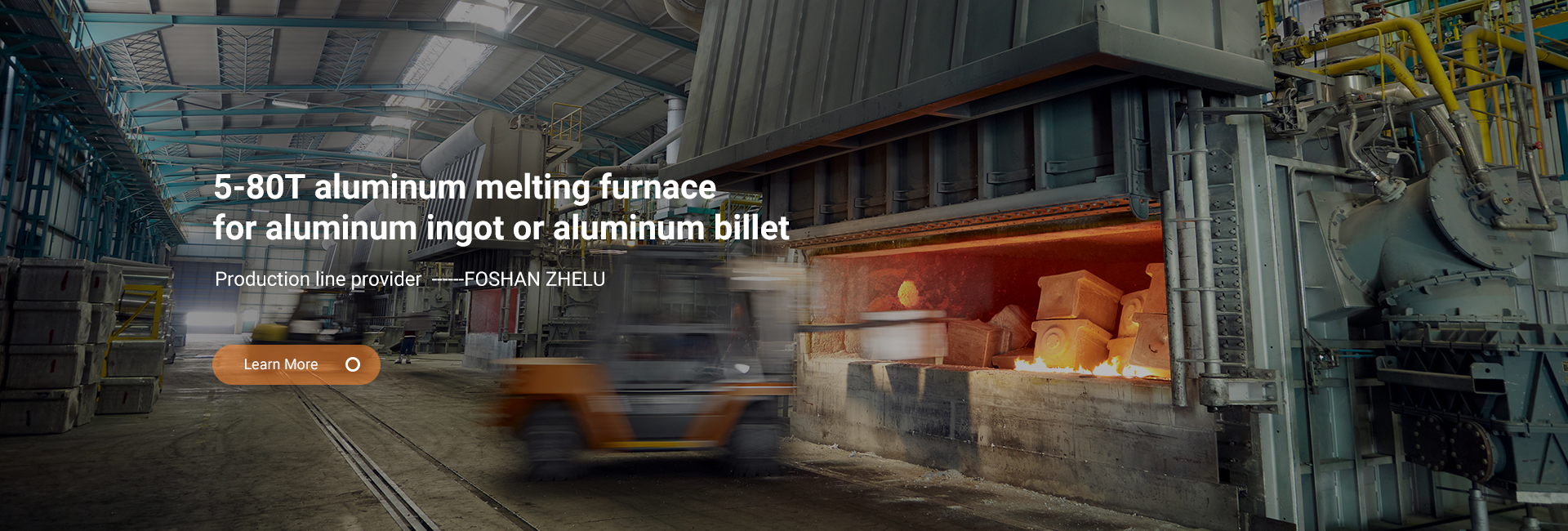3.9 Stretching Precautions:
3.9.1 When the jaws are clamping the profile, do not hold your hand on the clamped part to prevent pinching fingers.
3.9.2 When the oil level is lower than the lower limit, the filter is blocked or the oil temperature is too high, stop the oil pump operation.
3.9.3 When unnormal sound occurs, judge the reason and report the mechanic in time.
3.9.4 Oil is strictly prohibited on the surface of the profile.
3.10 Sawing operating procedures:
3.10.1 Turn on the sawing machine, check whether the advance and retreat is normal, whether the sawing needs repair and replacement.
3.10.2 Move the straightened profile to the roller bed.
3.10.3 Set sizing stops where required and firm.
3.10.4 Saw off the head of the profile by approximately 1000px, then hold against the sizing stop, hold the profile down by hand and saw the profile off with the foot advance switch.
3.10.5 Back off the saw blade and check the quality of each profile.
3.10.6 Load the qualified profile in the special frame.
3.10.7 The material mouth is trimmed, the tracking card is filled in, and after the signature of the quality control, it is weighed and pushed to the aging and shaping.
3.11 Sawing process requirements:
3.11.1 Sawing head stock should be less than 750px and tail stock not less than 1000px to ensure quality.
3.11.2 The large material should not be more than 6 pieces at a time when sawing.
3.11.3 The saw should be neat, without serious deformation and burr.
3.11.4 The saw kerf allowance is generally 5mm if the customer has no special requirements.
3.11.5 Lift and place the profile gently when moving to prevent scratches and scratches on the profile.
3.11.6 Framing each layer of more than 5 matting, pay attention to the device of different profiles to prevent deformation.
3.11.7 Repair the material opening evenly and flat.
3.12 Precautions for sawing:
3.12.1 When the saw blade advances, people do not stand on the front of the saw blade to prevent injury.
3.12.2 Control the amount of oil spray and dry the oil on top of the profile.
3.12.3 Control the saw blade stretch between 10-15 seconds.
3.12.4 If the saw kerf is curled or deformed, it should be replace in time.
3.13 Operating procedure of aging:
3.13.1 Before opening the furnace, check whether the temperature gauge is normal, whether the material mouth and the quality of the profile are qualified, and whether the profile name, quantity, frame number and the tracking card are in line with each other before entering the furnace.
3.13.2 Load the furnace, turn on all the aging switches (such as gas device, electric circuit, etc.), and then check whether each part of the equipment is normal.
3.13.3 Fill in the time of entering the furnace, holding time and time of leaving the furnace.
3.13.4 End of aging, the profile out of the furnace to be forced cooling.
3.13.5 The tracking card is registered according to the aging condition, check the hardness, and qualified to insert the card into the profile frame.
3.14 Aging process requirements:
3.14.1 Temperatures are in accordance with the Ageing Processes for Extruded Profiles.
3.14.2 The aging temperature shall not exceed 10℃ according to the tolerance. Profiles with special requirements are carried out according to the specified process requirements.
3.14.3 The material is cooled to below 50℃ to measure the hardness, and the Wechsler hardness is ≥10HW. Special hardness requirements are implemented according to the special requirements.
3.15 Timing Precautions:
3.15.1 It is strictly prohibited to stand under the overhead crane.
3.15.2 The lifting frame should not touch or damage the profiles, and the profiles should not be trampled by human beings.
3.15.3 The profile out of the oven should not be exposed to corrosive gas, dust, etc..
3.15.4 The material frame should not be stacked high rack stacking, generally no more than 3 racks.
Post time: Nov-15-2023




